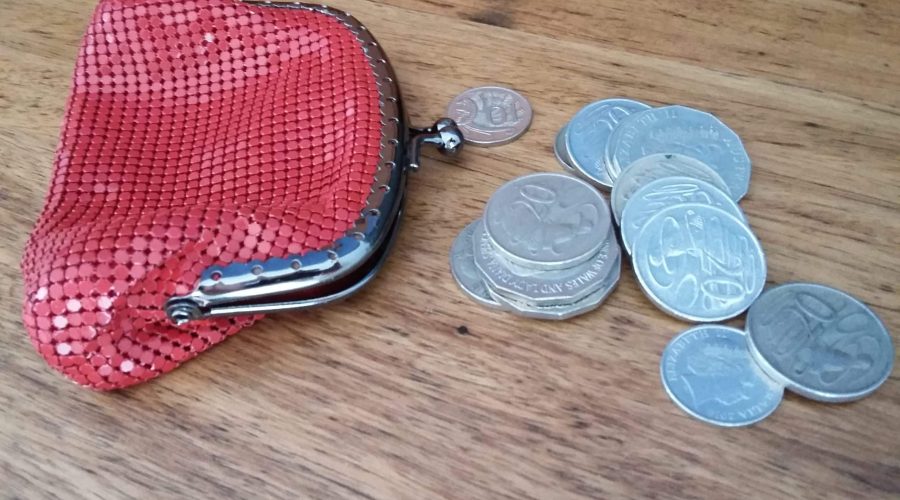Earlier this year we road tested spare change investment app Acorns and it was one of our top rating articles – here’s what we found.
How is your savings plan going? As Australians many of us live in a ‘buy now, worry about cost tomorrow’ society.
Everyone I know is good at spending their money, but not many people I know are really good at saving their money.
I believe the reason for this is because saving often requires discipline, hard work and sometimes it’s just difficult making end’s meet.
The best way to save your money is setting a budget, and banking your savings before you start paying for anything else.
But now there is also a new spare-change investment app called Acorns which I’ve been keen to road test since it launched into the Australian market earlier this year.
To find out more about this Fintech start-up which came from the U.S.A, I sat down and had a chat with the chief operating officer of Acorns Australia Brendan Malone and here’s what I can tell you.
So what is Acorns?
Like I said, Acorns is a spare-change investment app. The app links up with your bank accounts and credit cards, rounding-up your daily purchases with the ‘virtual change’ being invested into seven diversified Exchange Traded Funds (ETF) – I’ll get to those soon bare with me!
So say for example you were to buy a cup of coffee for $3.50, then Acorns would automatically round it up to $4 and the $0.50 would get invested into your Acorns account.
How did it perform for me?
Admittedly I am generation Y and a finance broker, but I found this app easy to use and was up and running shortly after set-up – which involved downloading the app on your phone and setting up an account.
Like most things you do need to allow for time to input your personal information.
Then you will need to link up your bank accounts and bank cards that you choose to nominate.
Depending on the bank you are with, and how many bank accounts you have will dictate the time. For me it was fairly quick.
Once you have your account set up, you can customise it to do automatic round-ups, which means setting recurring deposits and lump-sum deposits.
What is an ETF? Which ETF do you Invest in?
Now here’s the part I talk about Exchange Traded Funds. These are managed fund portfolios, kinda like a super fund, which invests your dividends in a variety of different investments and stock markets.
Acorns has 5 different ETFs you can invest in and they range from conservative to aggressive depending on how much risk you want to take with your spare change.
Deciding which portfolio to invest in really comes down to your choice, you need to look at your risk profile and personal circumstances; if you’re unsure I would start on the conservative end or get some professional help.
Pros and Cons?
Setting up an Acorns account has two major benefits; getting yourself into a forced savings habit and exposing you to investing your money at a low cost entry level in the stock market and other investments.
On the downside, if you have a credit or debit card with a small bank, that bank may not recognise the Acorns app at this stage.
Another issues is the performance of different ETFs vary and depending on if you need to liquidate money, which means cash in, you could be doing that it at a low point. For instance my fund finished today at -0.29% so that could be a problem.
What are the costs?
Acorns charge $1.25 per month for accounts under $5,000, so that’s $15 a year in feee, and for accounts greater than $5,000 the fees are 0.275% of your annual account value. So say you invest $10,000 then you are going to pay out $275 a year – which is less than most annual account fees on most home loans.
This is one of the big advantages of Acorns, is it is relatively cheap, and easy to get in the game and start investing your loose change.
Chatting with Brendan he said whilst Acorns Australia is promoted as an investment tool, where it is really powerful is in its ability to force people into saving money that most of the time wouldn’t happen otherwise.
“Australians have really taken to this product even more then we initially had anticipated and the average amount of savings per week for each user is also higher, because Australia has better banking systems and is a more “cashless” society than America is,” said Malone.













